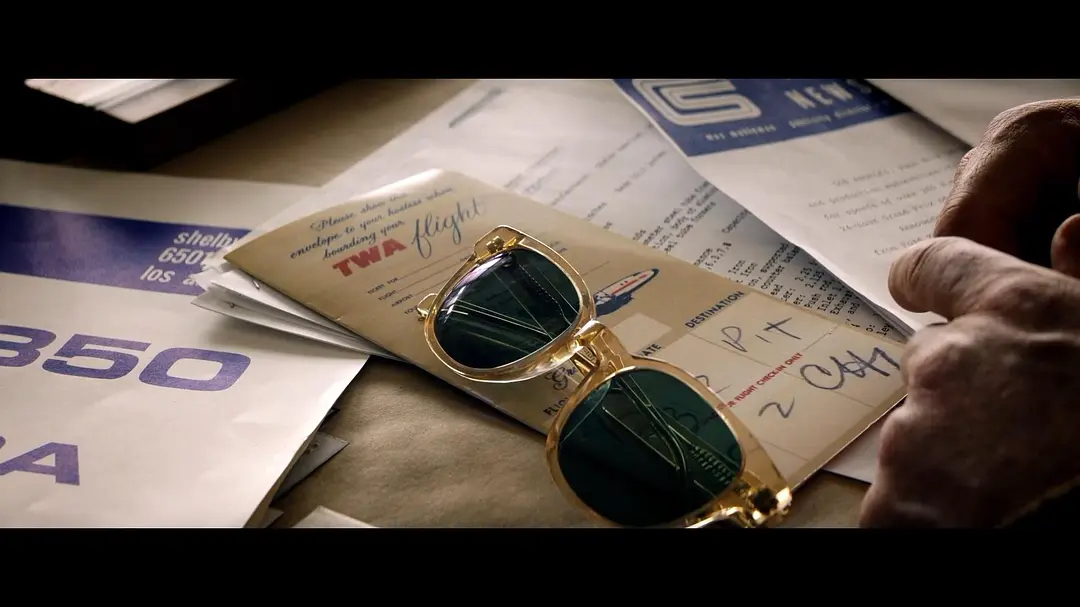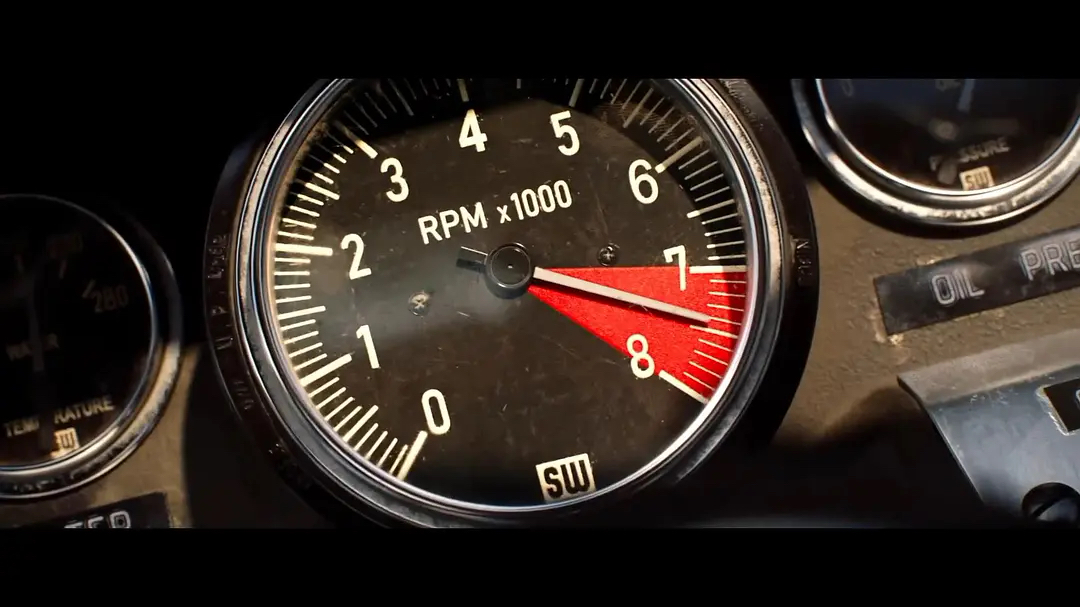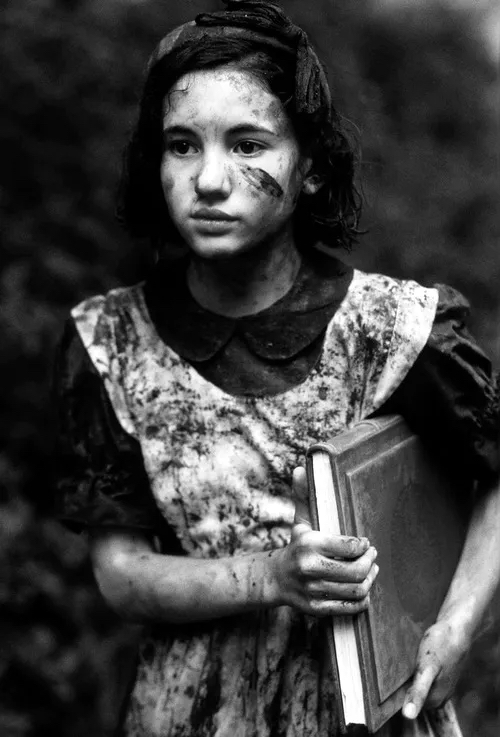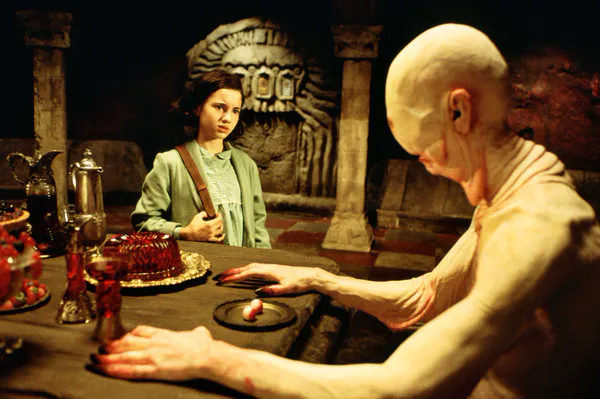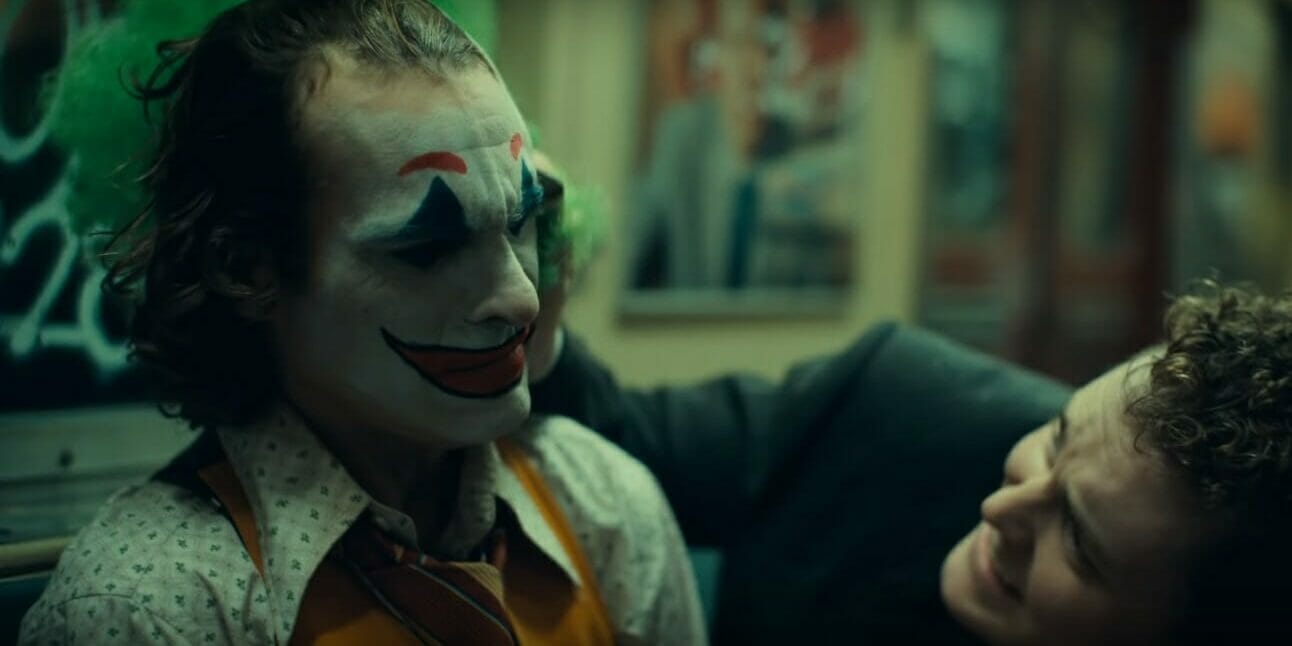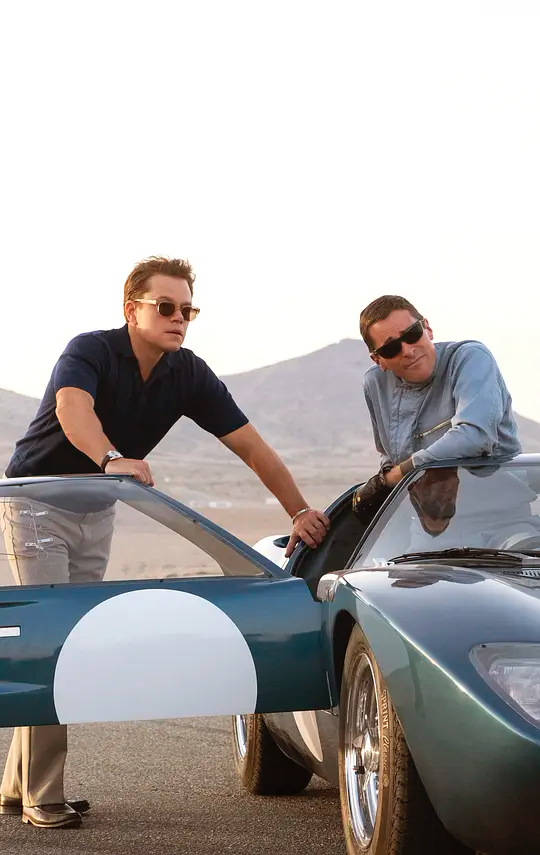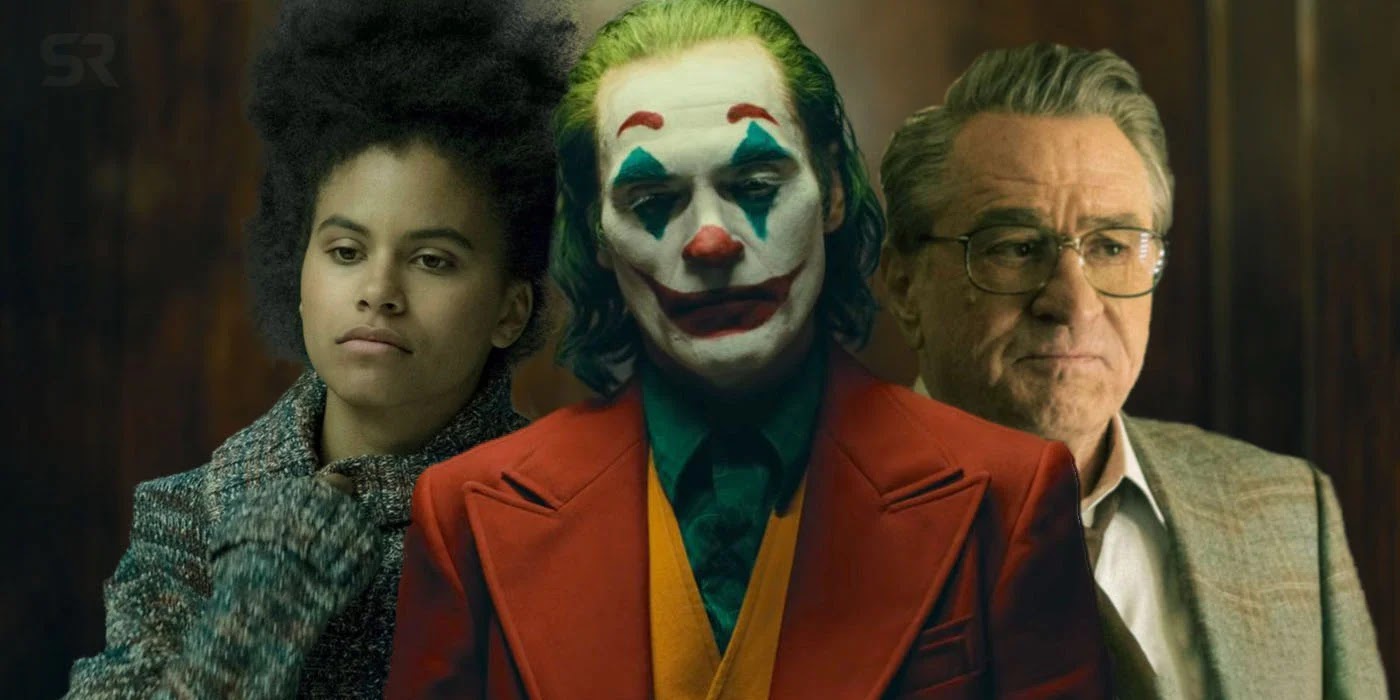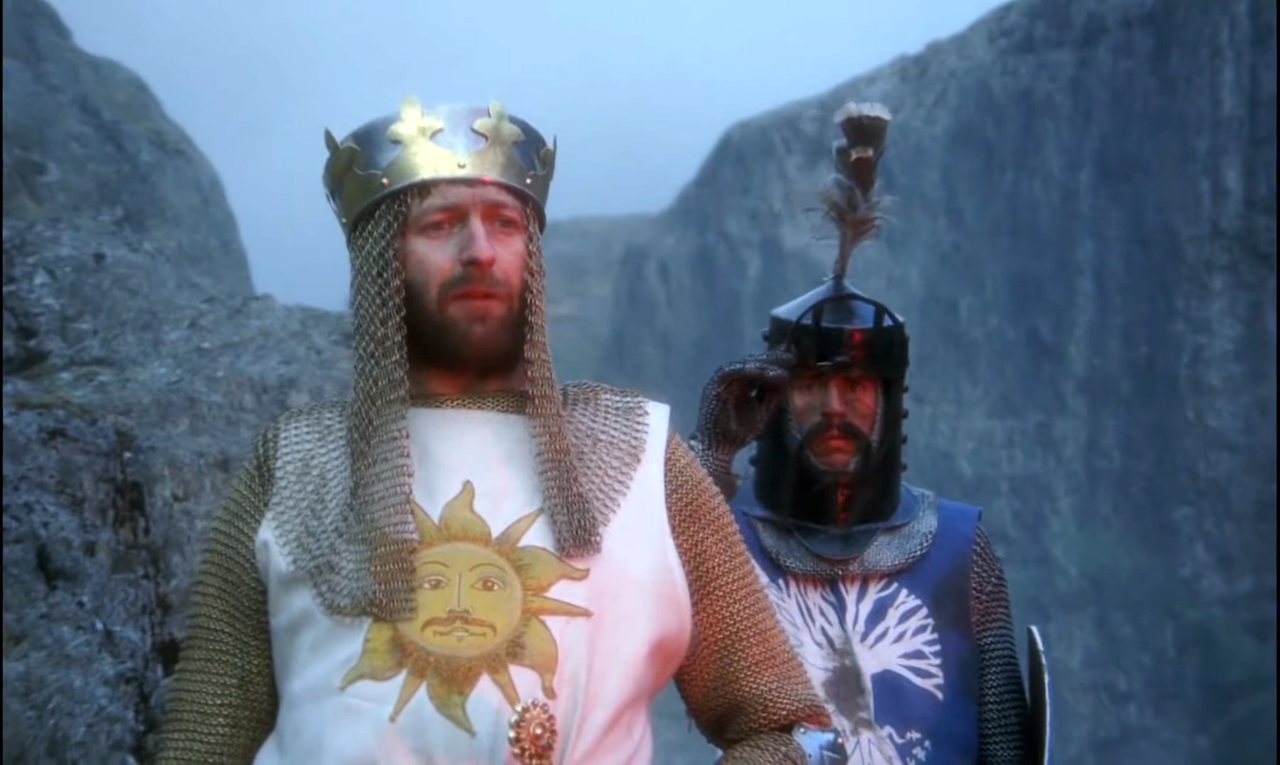Moving Pictures is quoted as saying that Mise-En-Scene is “referring to every element in the frame that contributes to the overall look of a film.” (Sharman 64) Moving Pictures says that the elements of a film that continued to Mise-En-Scene are set design, costume, hair, make-up, color scheme, framing, composition, and lightning. I really like the coloring chosen for this movie, the dark colors in certain scene vs the bright almost sickening colors in others just show the kind of mess Arthur is surrounded by. The lightning of Joker (2019) is pretty standard for DC films. DC superhero movies have always been darker in terms of lightning and tone when compared to Marvel superhero films. The difference between the lightning in Joker in comparison to something like The Justice League is that the dark lightning in Joker serves as a symbolic representation of the story, rather than just a stylistic choice.
Moving Pictures compares actors to athletes, “They spend a lifetime training, perfecting their technique, honing their bodies to be the perfect instrument of their craft.” (Sharman 218) Moving Pictures says that the perfect performance is more than the sum of its parts, like lightning in a bottle. The acting in Joker is top-notch. Joaquin Phoenix is such a talented actor and you can tell that the script for Joker was written with Phoenix in mind. Joaquin Phoenix’s performance is so well done that it seems almost real. The performances can be realistic in some scenes like the interview scene, and exaggerated in others, like the staircase dance scene. Joaquin Pheonix’s performance in the scene linked in question 5 is a star performance. There is so much raw emotion in that scene, to where you feel your eyes glued to the screen. Phoenix received the best performance of the year award for his work in Joker and I feel that this scene played a big part in that award.
Joker (2019) has a very dark color scheme. Many scenes in the movie are either very green, like the scene where Joker shoots the three people in the subway, or orange like the scene where Murray Franklin interviews Arthur. Scenes can change between these two color schemes in different shoots. In the scene where Joker shoots the three people in the train, the inside of the train is almost a sickening green while the outside in the subway station is a very deep orange. Just looking at the color scheme of a single scene you can see the progress the audience is feeling. The green in the scene is sickening, which is how the audience should react to how the three people treat Arthur. The orange of the outside area symbolizes the attraction of attention which represents the attention Arthur will get from the people around him for his actions in this scene.
Joker (2019) uses very few special effects, which is a surprise coming from a superhero film. There are no iron man transformations, no superman eye lasers, nothing. The small number of special effects that are used are color correction in certain scenes and gun/blood effects for very obvious reasons. The reason I believe that Joker doesn’t use as many special effects as other superhero films like Justice League or Avengers is that it’s a different type of story to those films. Joker (2019) isn’t an action-packed story of special effects punching other special effects like those in the first Avengers film. It’s a story of a character’s descent into madness, a story like that doesn’t need any special effects besides those to ensure the safety of actors. A character study film like Joker (2019) doesn’t need special effects, the proficiency of the main start and the cinematography cover any aspect that special effects could improve.
https://www.youtube.com/watch?v=WbliHNs4q14 (Links to an external site.)The scene that most prominently shows mise-en-scene is the interview scene between Murray and Arthur. This scene is my favorite one in the entire film, bar none. Every aspect of this scene is perfectly executed, The music, performance, cinematography, everything was done so well. My two favorite aspects of this scene are all in Joaquin Phoenix’s performance, the voice crack in the line “I’ll tell you what you get, you get what you f**king deserves”, and all of Arthur’s body language. There is a voice crack in Phoenix’s delivery in the first part of “I’ll tell you what you get” that was most likely not a part of the script but it adds so much emotion to this scene. What also adds emotion to this scene is the very subtle body language given by Phoenix. At around 2:55 of the link I provided, you can see Arthur’s chin shake and his voice is very shaky. You can tell Arthur is incredibly mad without a single line telling you so.


